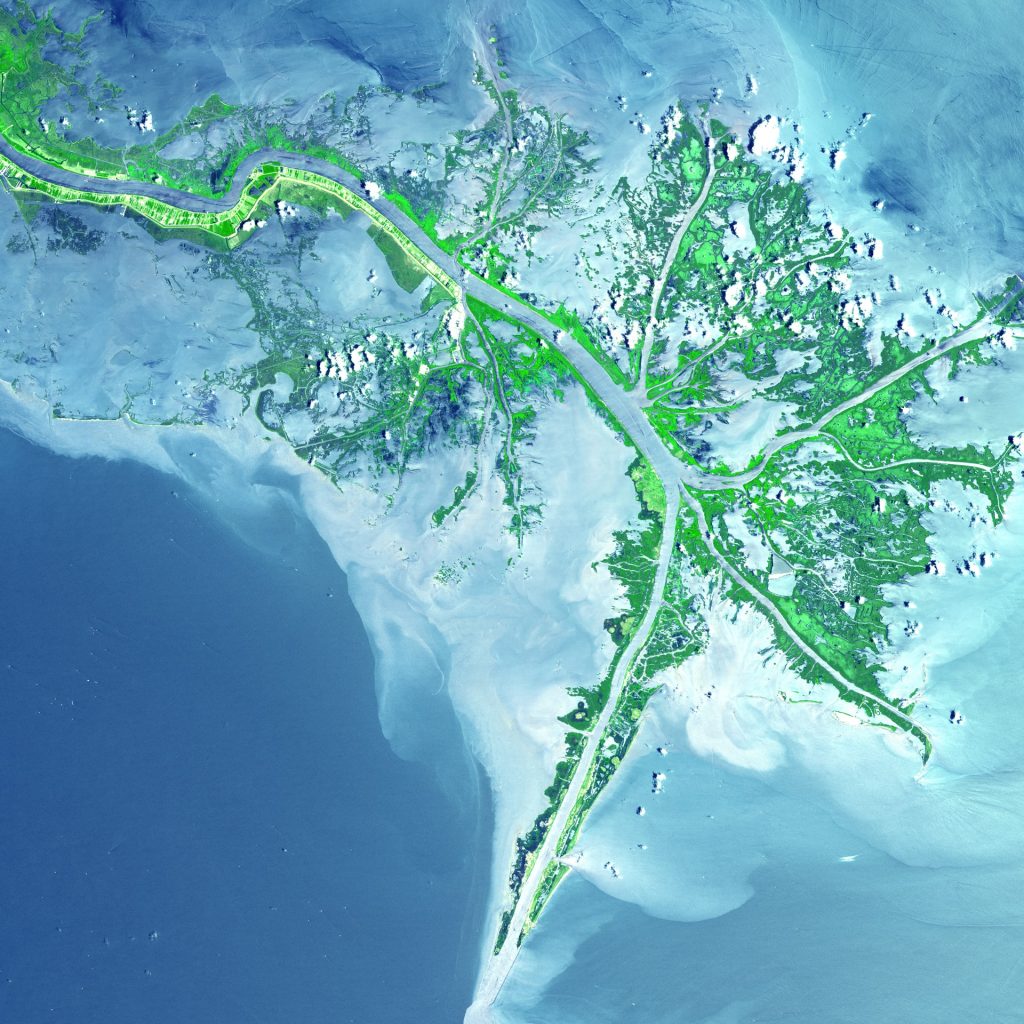
Me-conomy: environmental activism or marketing?
Companies that strategically push for sustainability to avoid the climate collapse. Brands that build their position in the market according to the kind of activism they decide to embrace. Welcome to the Me-conomy, where business commitments to climate change are taken for granted.










